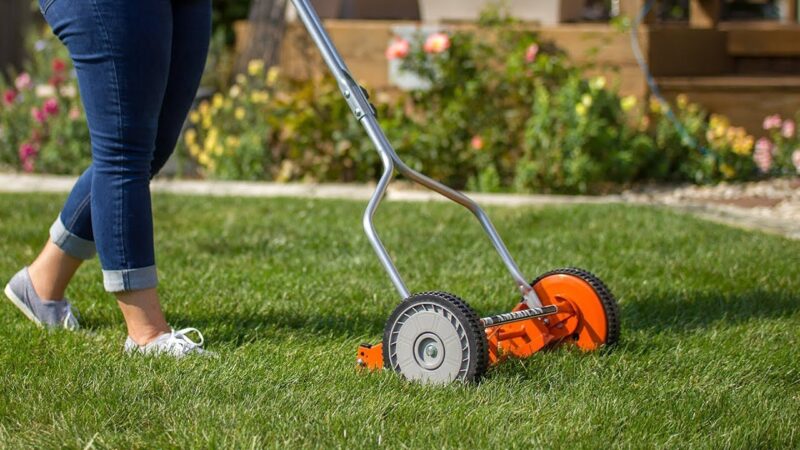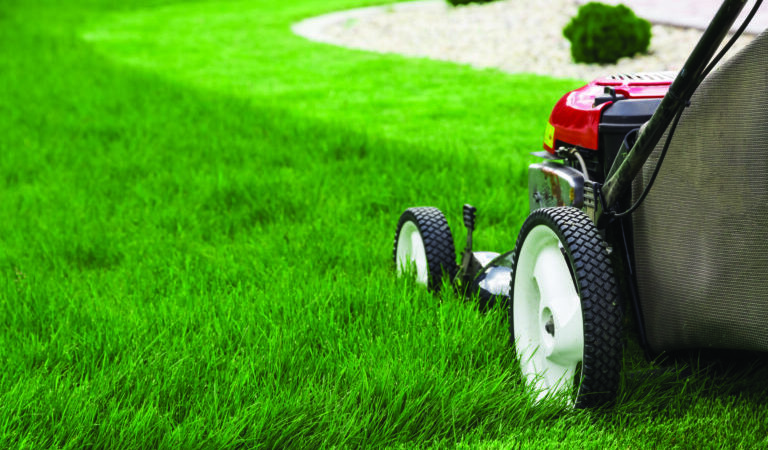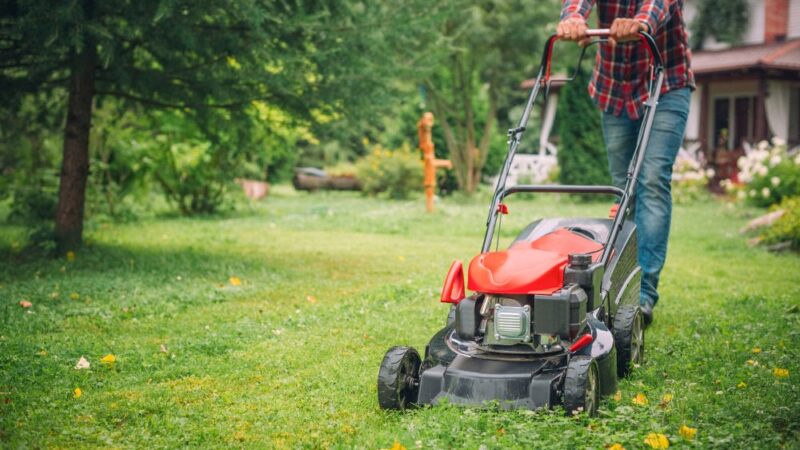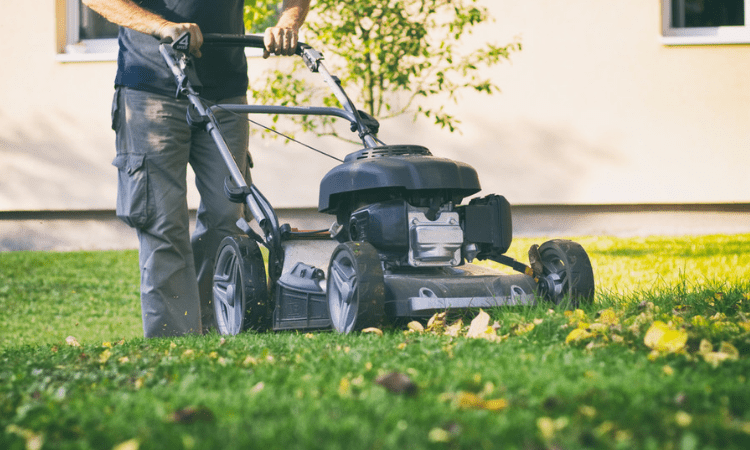How to Grow and Care for Lemon Plant
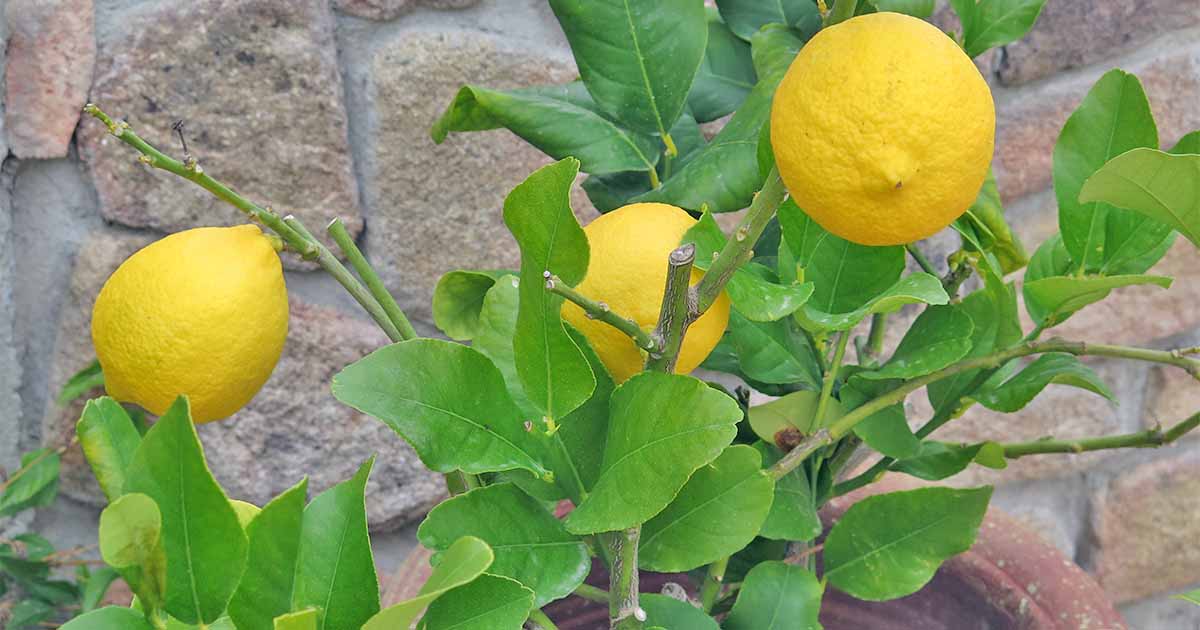
Several fruits are very popular, and Lemons are considered to be one of them. They are used in almost every household as an addition to boring dishes to make them tangy and delicious. The botanical name of Lemon is Citrus Limon, and they belong to the flowering plant family called Rutaceae. These round-shaped fruits are native to Southern Asia. Lemons are often used in small quantities and are avoided eating alone as they have an extremely sour taste.
Lemons are known for providing health benefits. One of the major health benefits is obtained with the presence of Vitamin C. The antioxidants present help fight diseases. Lemons also help in decreasing the risks of strokes, helps maintain blood pressure; it also helps in lowering the risks of cancer and asthma. People have also benefited from Lemon for losing their weight and, at the same time, have a boosted immune system. Lemons are also widely added to drinks to make them more refreshing and add flavor.
Suitable Conditions
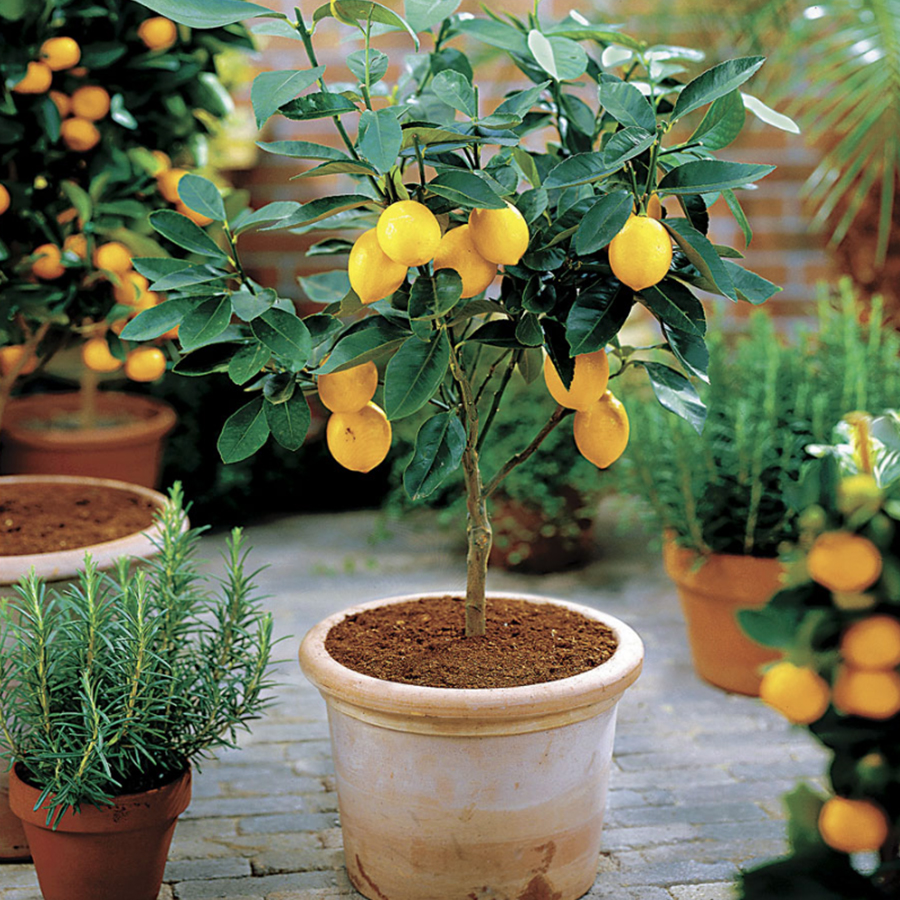
The preference of season for Lemons vary minorly according to the variety that has been chosen to grow. However, most of them prefer to be grown in areas having warm climates. This is because Lemons do not usually thrive best in winters as they require protection from it. Lemons can grow in extremely hot climates better than they can in extremely cold ones. Lemons are also sensitive to frost. So, zones ranging from 9 to 11 suit the Lemons best. Another good thing about Lemons is that they can be planted at any time of the year if proper care and suitable conditions are provided. However, the recommended time to plant Lemons is either during late winters or early springs.
Preference for Light and Water
Like any other plant, Lemons too thrive best when they are grown in a location that provides light of their preference. Lemons have been noted to do well in areas where there is direct sunlight. For optimum growth, Lemons require six to eight hours of direct sunlight. However, they can also do well then kept in locations allowing light shade. The maintenance of Lemons is not very high. For watering, it does require to be watered often until the growth is established. However, once established, the requirement for water is not more than just once a week. For ensuring that the soil does not dry out, make sure to water plants more frequently in hot climates. Dry soils can hamper the plant’s growth.
Soil and Feeding Requirements

When the plants have not yet developed, the drought tolerance is not as much as when the plant matures. This is the reason why the soils should be kept moist. Lemons prefer the soil to be fertile and drained properly. Lemons can also tolerate other ranges of soil. However, they thrive best when the soil is slightly acidic. Most citrus plants, including Lemons, should be fertilized with nitrogen. Nitrogen helps the growth boost and does not let it hamper. The growth each year is strong if the plant is properly fertilized. However, excess fertilization should not be done. Lemons do well with slow-release fertilizers. A balance of 6-6-6 is recommended for a year old plant.
Problems with Lemons
It would be very fortunate if the plants you grew without catching any diseases or being attracted by pests. However, this is rarely ever a case. Like most other fruit perennials, Lemons are often attacked by certain problems. These diseases that commonly attack Lemons include Botrytis fungus, Anthracnose, Phytophthora fungus, Spot fungus, sooty mold fungus, and citrus canker. The other uncommon diseases that may attack Lemons are Stubborn diseases, Dothiorella blight, exocortis, tristeza twig dieback, armillaria root rot, and others. Scale insects stink bugs, and leaf miners are the pests who are likely to attack Lemons.
The amount of time from flowering to harvest depends on the conditions that it is kept in.. The climatic conditions, conditions of the soil, and other factors contribute to the growth. Usually, it takes about four to twelve months for a plant to bear lemons.
The tiny appearing lemons that are much smaller than the size of usual lemons are called Meyer Lemons. They are usually orangish in color and give out a dark yellow colored pulp.
When the Lemons are faced with extreme climatic conditions, such as extreme heat or extreme winters, the infections from any insects like mites cause the leaves to curl up.

